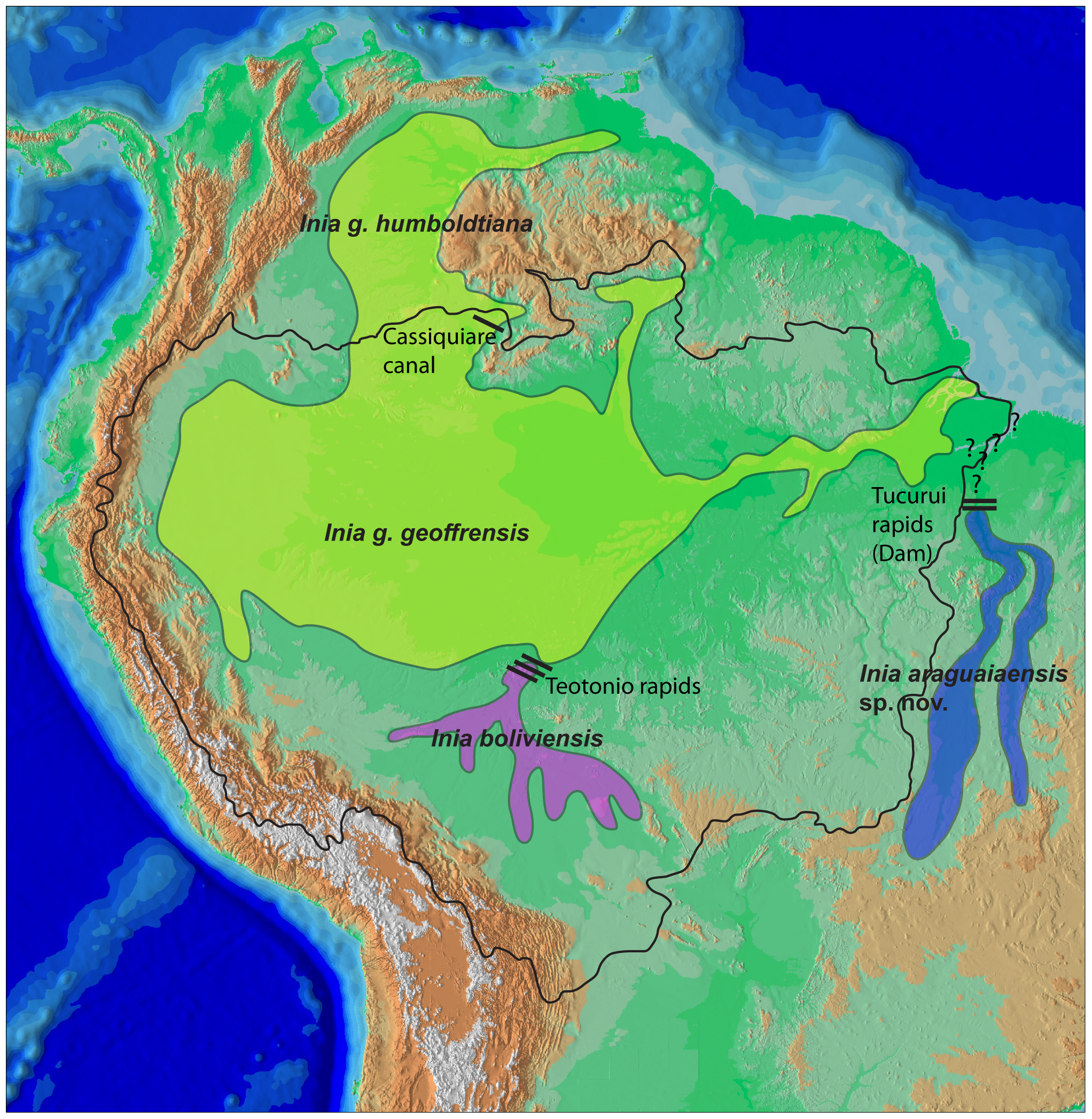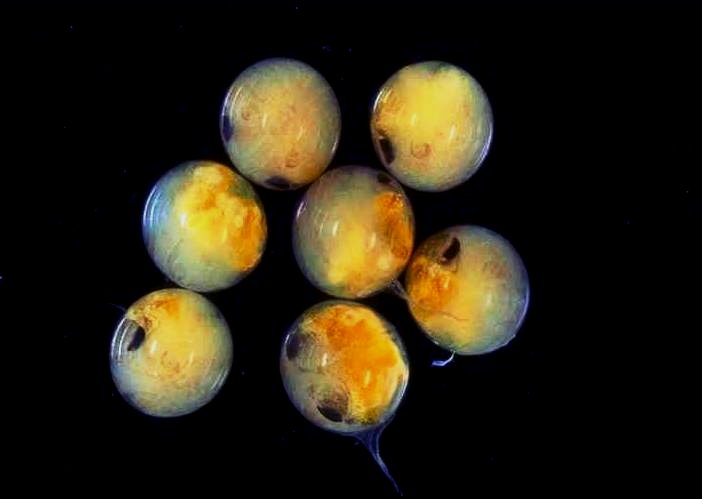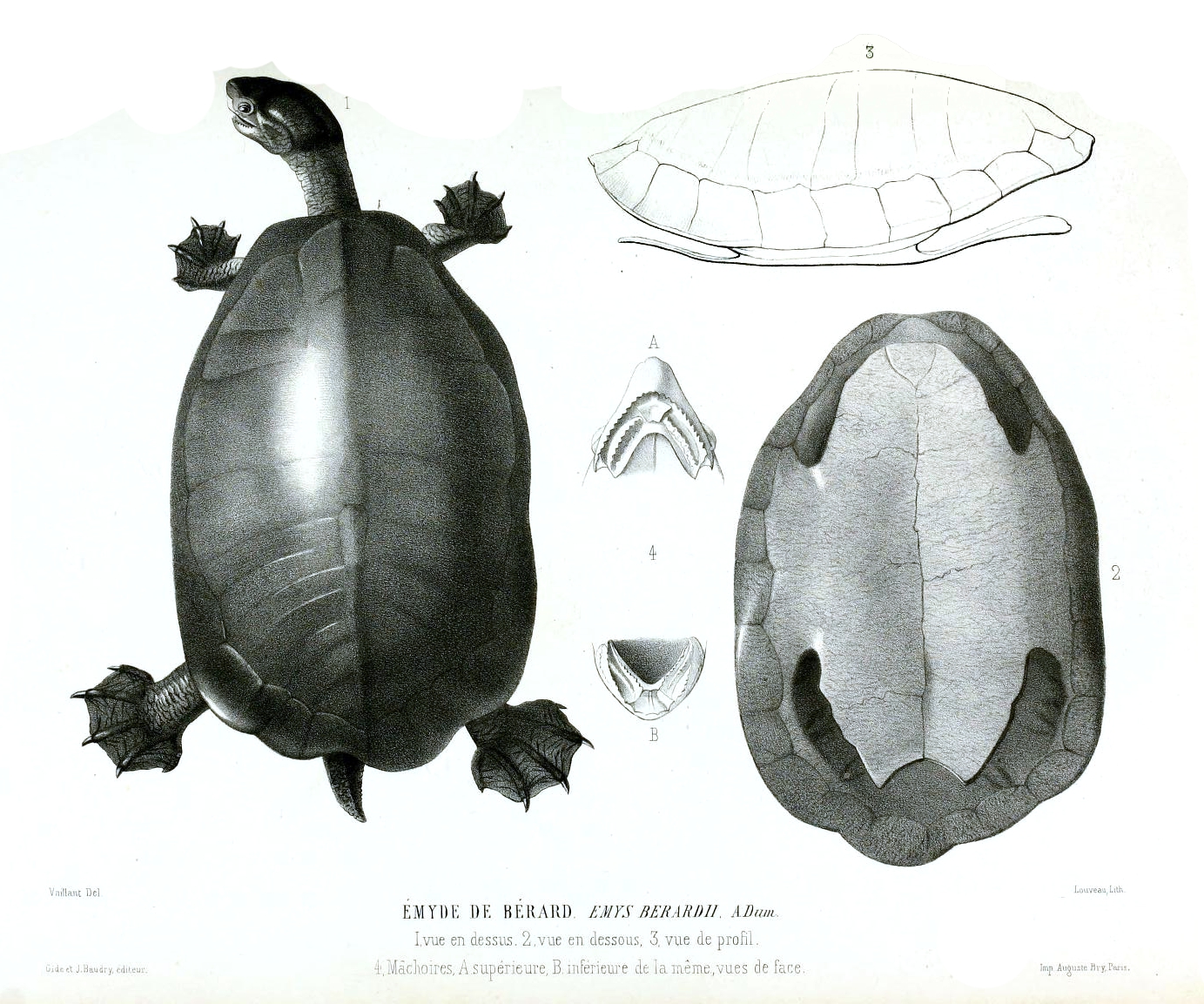|
Amazon River Dolphin
The Amazon river dolphin (''Inia geoffrensis''), also known as the boto, bufeo or pink river dolphin, is a species of toothed whale Endemism, endemic to South America and is classified in the family Iniidae. Three subspecies are currently recognized: ''I. g. geoffrensis'' (Amazon river dolphin), ''I. g. boliviensis'' (Bolivian river dolphin) and ''I. g. humboldtiana'' (Orinoco river dolphin). The position of the Araguaian river dolphin (''I. araguaiaensis'') within the clade is still unclear. The three subspecies are distributed in the Amazon basin, the upper Madeira River in Bolivia, and the Orinoco basin, respectively. The Amazon river dolphin is the largest species of river dolphin, with many adult males reaching in weight, and in length. Adults acquire a pink color, more prominent, in males, giving it its nickname "pink river dolphin". Sexual dimorphism is very evident, with males measuring 16% longer and weighing 55% more than females. Like other toothed whales, they have a ... [...More Info...] [...Related Items...] OR: [Wikipedia] [Google] [Baidu] |
Henri Marie Ducrotay De Blainville
Henri Marie Ducrotay de Blainville (; 12 September 1777 – 1 May 1850) was a French zoologist and anatomist. Life Blainville was born at Arques-la-Bataille, Arques, near Dieppe, Seine-Maritime, Dieppe. As a young man, he went to Paris to study art, but ultimately devoted himself to natural history. He attracted the attention of Georges Cuvier, for whom he occasionally substituted as lecturer at the Collège de France and at the Athenaeum Club, London. In 1812, he was aided by Cuvier in acquiring the position of assistant professor of anatomy and zoology in the Faculty of Sciences at Paris. Eventually, relations between the two men soured, a situation that ended in open enmity. In 1819, Blainville was elected a member of the American Philosophical Society in Philadelphia. In 1825, he was admitted a member of the French Academy of Sciences; and in 1830, he was appointed to succeed Jean-Baptiste Lamarck in the chair of natural history at the museum. Two years later, on the death of ... [...More Info...] [...Related Items...] OR: [Wikipedia] [Google] [Baidu] |
Toothed Whales
The toothed whales (also called odontocetes, systematic name Odontoceti) are a parvorder of cetaceans that includes dolphins, porpoises, and all other whales with teeth, such as beaked whales and the sperm whales. 73 species of toothed whales are described. They are one of two living groups of cetaceans, the other being the baleen whales (Mysticeti), which have baleen instead of teeth. The two groups are thought to have diverged around 34 million years ago (mya). Toothed whales range in size from the and vaquita to the and sperm whale. Several species of odontocetes exhibit sexual dimorphism, in that there are size or other morphological differences between females and males. They have streamlined bodies and two limbs that are modified into flippers. Some can travel at up to 30 knots. Odontocetes have conical teeth designed for catching fish or squid. They have well-developed hearing that is well adapted for both air and water, so much so that some can survive even if they ar ... [...More Info...] [...Related Items...] OR: [Wikipedia] [Google] [Baidu] |
Paraphyletic
Paraphyly is a taxonomic term describing a grouping that consists of the grouping's last common ancestor and some but not all of its descendant lineages. The grouping is said to be paraphyletic ''with respect to'' the excluded subgroups. In contrast, a monophyletic grouping (a clade) includes a common ancestor and ''all'' of its descendants. The terms are commonly used in phylogenetics (a subfield of biology) and in the tree model of historical linguistics. Paraphyletic groups are identified by a combination of synapomorphies and symplesiomorphies. If many subgroups are missing from the named group, it is said to be polyparaphyletic. The term received currency during the debates of the 1960s and 1970s accompanying the rise of cladistics, having been coined by zoologist Willi Hennig to apply to well-known taxa like Reptilia (reptiles), which is paraphyletic with respect to birds. Reptilia contains the last common ancestor of reptiles and all descendants of that ancestor exc ... [...More Info...] [...Related Items...] OR: [Wikipedia] [Google] [Baidu] |
Platanistoidea
River dolphins are a polyphyletic group of fully aquatic mammals that reside exclusively in freshwater or brackish water. They are an informal grouping of dolphins, which itself is a paraphyletic group within the infraorder Cetacea. Extant river dolphins are placed in two superfamilies, Platanistoidea and Inioidea. They comprise the families Platanistidae (the South Asian dolphins), the possibly extinct Lipotidae (Yangtze River dolphin), Iniidae (the Amazonian dolphins) and Pontoporiidae. There are five extant species of river dolphins. River dolphins, alongside other cetaceans, belong to the clade Artiodactyla, with even-toed ungulates, and their closest living relatives the hippopotamuses, from which they diverged about 40 million years ago. Specific types of dolphins can be pink. River dolphins are relatively small compared to other dolphins, having evolved to survive in warm, shallow water and strong river currents. They range in size from the long South Asian river dolp ... [...More Info...] [...Related Items...] OR: [Wikipedia] [Google] [Baidu] |
Inia
''Inia'' is a genus of river dolphins from South America, containing one to four species. Taxonomy The genus was described by Alcide d'Orbigny in 1834 when ''Delphinus geoffrensis'', described by Henri Marie Ducrotay de Blainville in 1817, was recognized to be a unique taxon. D'Orbigny also described ''Inia boliviensis'' as type species of the genus. A 1998 classification listed a single species, ''Inia geoffrensis'', in the genus ''Inia'', with three recognized subspecies. Most of the scientific community accepted this single species classification, as does the IUCN. As of 2016 the Committee on Taxonomy of the Society for Marine Mammalogy considers the genus ''Inia'' to contain one species with only two subspecies: the Bolivian (''I. g. boliviensis'') and the Amazon (''I. g. geoffrensis)'' subspecies. In 2014, the population in the Araguaia-Tocantins basin was proposed to define an additional species, ''Inia araguaiaensis'', but this remains debated. The American Society of Ma ... [...More Info...] [...Related Items...] OR: [Wikipedia] [Google] [Baidu] |
Fishing Bait
Fishing bait is any bait (luring substance), luring substance used specifically to attract and fishing, catch fish, typically when angling with a fish hook, hook and fishing line, line. There are generally two types of baits used in angling: ''hookbaits'', which are directly mounted onto fish hooks and are what the term "fishing bait" typically refers to; and ''groundbaits'', which are scattered separately into the water as an "appetizer" to attract the fish nearer to the hook. Despite the bait's sole importance is to provoke a feeding response out of the target fish, the way how fish react to different baits is quite poorly understood. Fishing baits can be grouped into two broad categories: ''natural'' baits and ''artificial'' baits. Traditionally, fishing baits are natural food or prey items (live or dead) that are already present in the fish's normal diet (e.g. worms, insects, crustaceans and smaller bait fish), and such baits are both procured from and used within the same e ... [...More Info...] [...Related Items...] OR: [Wikipedia] [Google] [Baidu] |
Incidental Catch
In fishing, incidental catch refers to the portion of the catch that was unintentionally caught but retained. It can be distinguished from discards, which are the unintended catch that is caught and then returned to the sea, and bycatch, which includes all non-targeted species caught alongside the targeted species. The operational definitions used by the FAO for incidental catch and other related catches are as follows:Alverson DL, MH Freeberg, SA Murawski and Pope JG (1994A global assessment of fisheries bycatch and discardsFAO Fisheries, Technical paper 339, Rome. . * Target catch: The catch of a species or species assemblage which is primarily sought in a fishery, such as shrimp, flounders, cods * Incidental catch: Retained catch of non-targeted species * Discarded catch (usually shortened to ''discards''): That portion of the catch returned to the sea as a result of economic, legal, or personal considerations. * Bycatch: Discarded catch plus incidental catch. Notes Refere ... [...More Info...] [...Related Items...] OR: [Wikipedia] [Google] [Baidu] |
Endangered Species
An endangered species is a species that is very likely to become extinct in the near future, either worldwide or in a particular political jurisdiction. Endangered species may be at risk due to factors such as habitat loss, poaching, invasive species, and climate change. The International Union for Conservation of Nature (IUCN) Red List lists the global conservation status of many species, and various other agencies assess the status of species within particular areas. Many nations have laws that protect conservation-reliant species which, for example, forbid hunting, restrict land development, or create protected areas. Some endangered species are the target of extensive conservation efforts such as captive breeding and habitat restoration. Human activity is a significant cause in causing some species to become endangered. Conservation status The conservation status of a species indicates the likelihood that it will become extinct. Multiple factors are ... [...More Info...] [...Related Items...] OR: [Wikipedia] [Google] [Baidu] |
International Union For Conservation Of Nature
The International Union for Conservation of Nature (IUCN) is an international organization working in the field of nature conservation and sustainable use of natural resources. Founded in 1948, IUCN has become the global authority on the status of the natural world and the measures needed to safeguard it. It is involved in data gathering and analysis, research, field projects, advocacy, and education. IUCN's mission is to "influence, encourage and assist societies throughout the world to conserve nature and to ensure that any use of natural resources is equitable and ecologically sustainable". Over the past decades, IUCN has widened its focus beyond conservation ecology and now incorporates issues related to sustainable development in its projects. IUCN does not itself aim to mobilize the public in support of nature conservation. It tries to influence the actions of governments, business and other stakeholders by providing information and advice and through building partners ... [...More Info...] [...Related Items...] OR: [Wikipedia] [Google] [Baidu] |
Freshwater Crab
Around 1,300 species of freshwater crabs are distributed throughout the tropics and subtropics, divided among eight family (biology), families. They show direct development and maternal care of a small number of offspring, in contrast to marine crabs, which release thousands of planktonic crustacean larvae, larvae. This limits the dispersal abilities of freshwater crabs, so they tend to be endemism, endemic to small areas. As a result, a large proportion are endangered species, threatened with extinction. Systematics More than 1,300 species description, described species of freshwater crabs are known, out of a total of 6,700 species of crabs across all environments. The total number of species of freshwater crabs, including undescribed species, is thought to be up to 65% higher, potentially up to 2,155 species, although most of the additional species are currently unknown to science. They belong to eight families, each with a limited distribution, although various crabs from other ... [...More Info...] [...Related Items...] OR: [Wikipedia] [Google] [Baidu] |
River Turtle
The hickatee (''Dermatemys mawii'') or in Spanish ''tortuga blanca'' ('white turtle'), also called the Central American river turtle, is the only living species in the family Dermatemydidae. The species is found in the Atlantic drainages of Central America, specifically Belize, Guatemala, southern Mexico, and probably Honduras. It is a relatively large-bodied species, with records of straight carapace length and weights of ; although most individuals are smaller. This is a herbivorous and almost completely aquatic turtle that does not even surface to bask. Bizarrely for reptiles, the eggs can remain viable even after being underwater for weeks -in the recent past, some scientists mistakenly claimed it nests underwater, likely due to visiting Central America during a frequent flood, when nests are often submerged. In the culture of the Ancient Mayan civilisation this species and turtles in general had numerous uses such as being used in warfare, as musical instruments and as fo ... [...More Info...] [...Related Items...] OR: [Wikipedia] [Google] [Baidu] |
Piranha
A piranha (, or ; ) is any of a number of freshwater fish species in the subfamily Serrasalminae, of the family Serrasalmidae, in the order Characiformes. These fish inhabit South American rivers, floodplains, lakes and reservoirs. Although often described as extremely predatory and mainly feeding on fish, their dietary habits vary extensively, and they will also take plant material, leading to their classification as omnivorous. Etymology The name originates from Old Tupi '' pirãîa'', being first attested in the 1587 treatise ' by Portuguese explorer Gabriel Soares de Sousa. ''Piranha'' first appears in 1869 in English literature, likely borrowed from Portuguese. Taxonomy and evolution Piranhas belong to the family Serrasalmidae, which includes closely related omnivorous fish such as pacus. Traditionally, only the four genera '' Pristobrycon'', '' Pygocentrus'', '' Pygopristis'', and '' Serrasalmus'' are considered to be true piranhas, due to their specialized teeth. H ... [...More Info...] [...Related Items...] OR: [Wikipedia] [Google] [Baidu] |









